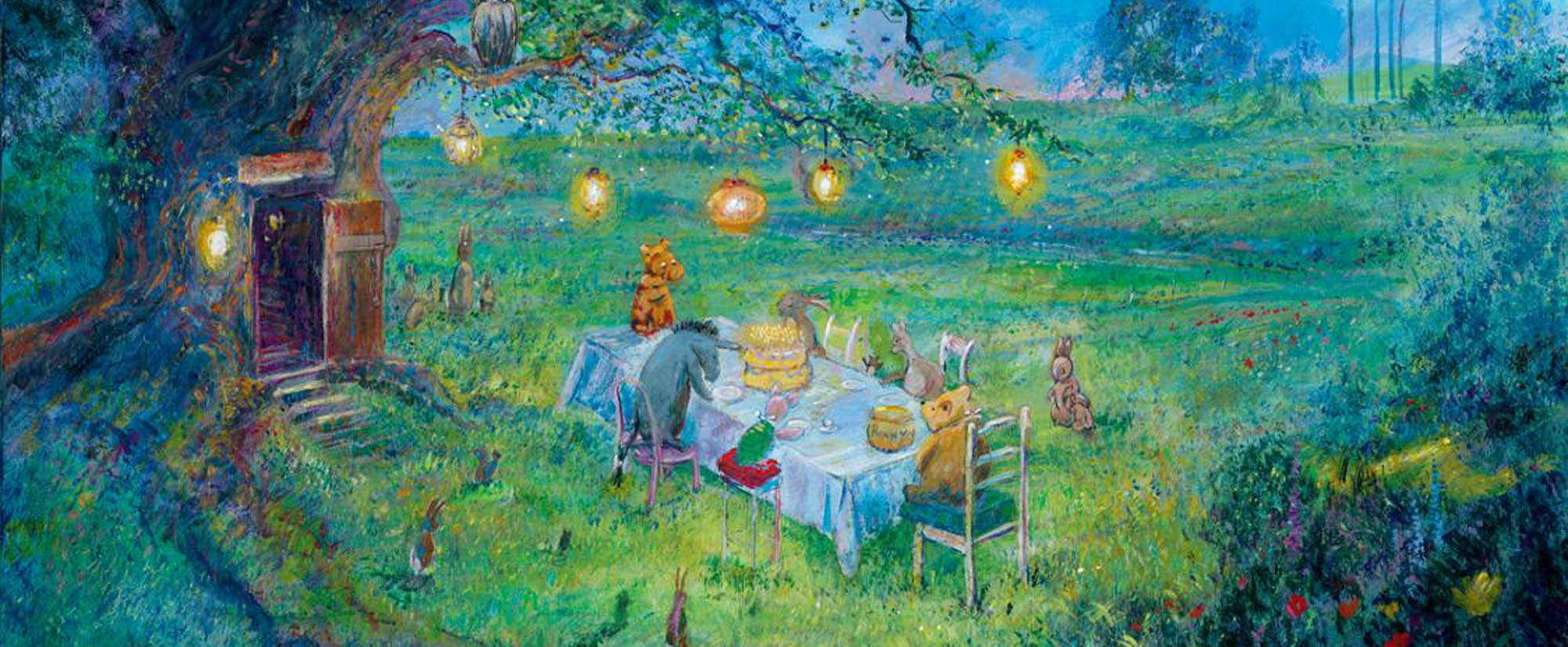
Notes from a Texas Master Naturalist about native plants and why they matter to wildlife.
The line, “Weeds are flowers, too, once you get to know them,” is often attributed to Winnie the Pooh, although the phrase does not appear in any A. A. Milne writings. Nonetheless, the point is made that all flowers have a place; we only have to recognize their beauty, usefulness, and habitat needs to take advantage of the joy they offer in our landscapes.
As you look toward spring again, bringing colorful blooms to your gardens, give thought to how you might expand their coverage with some added “weeds.” Native plants offer so many benefits to our favorite wildlife, but who hasn’t also been awed by a roadside meadow of bright flowers over the seasons? Using that image as your guide, consider carving out some space alongside a driveway or side yard to create a bit of meadow in your own yard.
To make it easy to choose which plants to include, there are many available mixes tailored to your region of Texas. You can even pick a mix designed for areas that are shady – part or all of the day – if you have trees that make it difficult to keep turfgrass growing. The mixes are great because the variety of blooms transitions through the seasons, with some popping up early spring, some showing off their colors in summer, and then fall favorites making an appearance. From pink evening primrose to bright gaillardia and Indian paintbrush, and scarlet winecups and clover, the procession of blooms will make your meadow a show spot of the neighborhood. Try to get your seed mix down by, say, mid-December to give the plants time to establish roots and start blooming come spring. Note that if your mix includes our state flower – bluebonnets – they may need a full year of growth before they bloom, but the wait is always worth it!
As with all native plant gardens, adding a top dressing of compost spring and fall, and using leaves dropped from your trees as mulch to hold moisture, the plants take care of themselves with just seasonal grooming and pruning to maintain the layering. Your Native Texas Landscape’s consultant can guide you in choosing the right mix of “weeds” for your landscape’s soils and sun level. Even if he never really said it, the Pooh is right about knowing our beautiful native “weeds” for their flowers!
PS – Did you know that way back in 1901 the Texas Legislature decided the state needed some symbols representing what Texans love about their home. The bluebonnet was chosen as the official flower of Texas by the 27th Legislature. It was the first state icon named, but because the lawmakers couldn’t agree which of the six species in the state was the best choice, ALL species of bluebonnets in Texas are the state flower!
Teri MacArthur has been a certified Texas Master Naturalist since 2001, and is an environmental educator offering a broad scope of adult and youth nature programs in the region.


